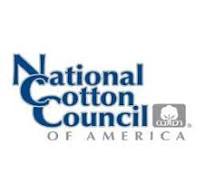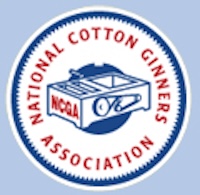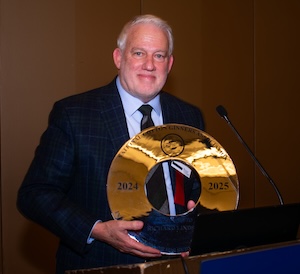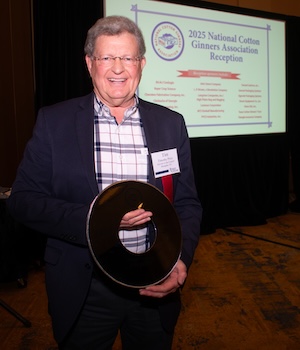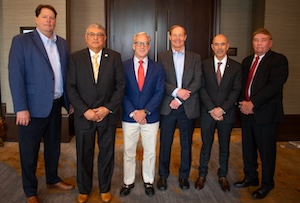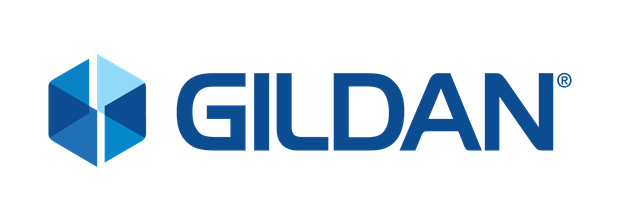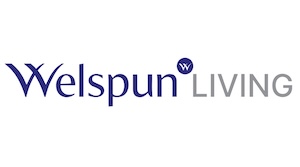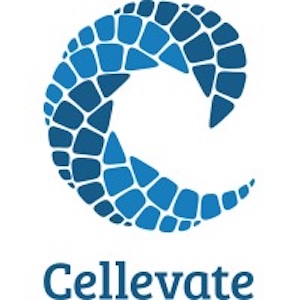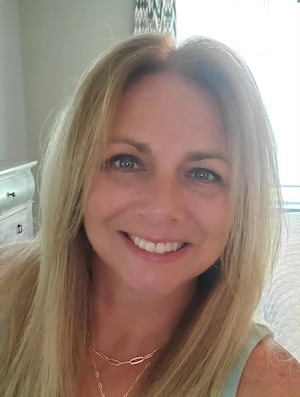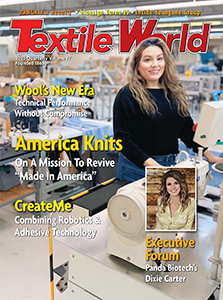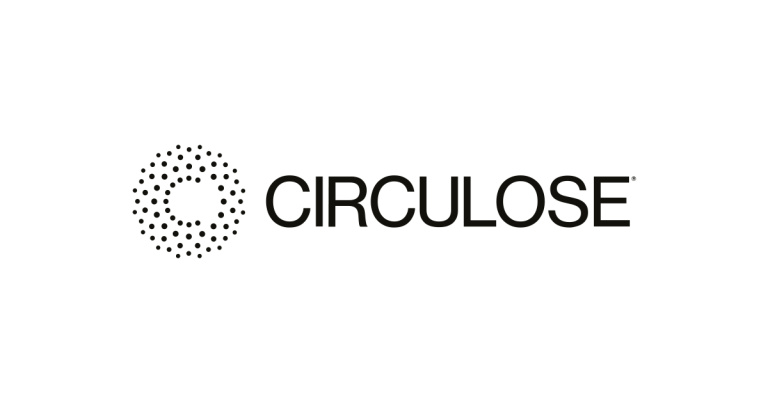 STOCKHOLM — February 20, 2025 — Circulose has pledged to support Canopy’s mission to reduce the use of Ancient and Endangered Forests in their textile supply chains, and joined solutions-driven non-profit Canopy’s CanopyStyle and Pack4Good initiatives. This bold commitment underscores Circulose’s dedication to protecting climate-critical forests and global biodiversity.
STOCKHOLM — February 20, 2025 — Circulose has pledged to support Canopy’s mission to reduce the use of Ancient and Endangered Forests in their textile supply chains, and joined solutions-driven non-profit Canopy’s CanopyStyle and Pack4Good initiatives. This bold commitment underscores Circulose’s dedication to protecting climate-critical forests and global biodiversity.
As part of our commitment to CanopyStyle, we enable brands to replace virgin materials with our Next Gen alternative, CIRCULOSE®, a material made out of 100-percent discarded textiles, helping to reduce the environmental footprint of fashion.
This announcement comes at a pivotal moment, with demand for man-made cellulosic fiber (MMCF) textiles and paper packaging surging. More than 3.4 billion trees are logged annually for packaging and fabrics. Protecting forests is one of the fastest, most cost-effective strategies for combating climate change, preserving biodiversity, and safeguarding our shared future.
“We’re thrilled to welcome Circulose into the CanopyStyle and Pack4Good initiatives,” said Nicole Rycroft, Canopy’s executive director. “Their commitment to transforming supply chains and embracing circular alternatives is a vital step forward in our collective effort to keep forests standing, species thriving, and carbon safely stored.”
“Everyone has a role to play, and collaboration is key — but bold action is essential to protect natural ecosystems. A big thank you to Canopy for inspiring action and being such a strong advocate for our planet! Together, we are making a difference with CIRCULOSE. A proven product made entirely from discarded textiles that replaces virgin materials at scale. Available globally, this validated material delivers the same look and feel, transforming yesterday’s textile waste into tomorrow’s fashion,” said Dr. Anna Sammarco, senior director of Circular Business Development and Strategy, Circulose.
Posted: February 20, 2025
Source: Circulose

